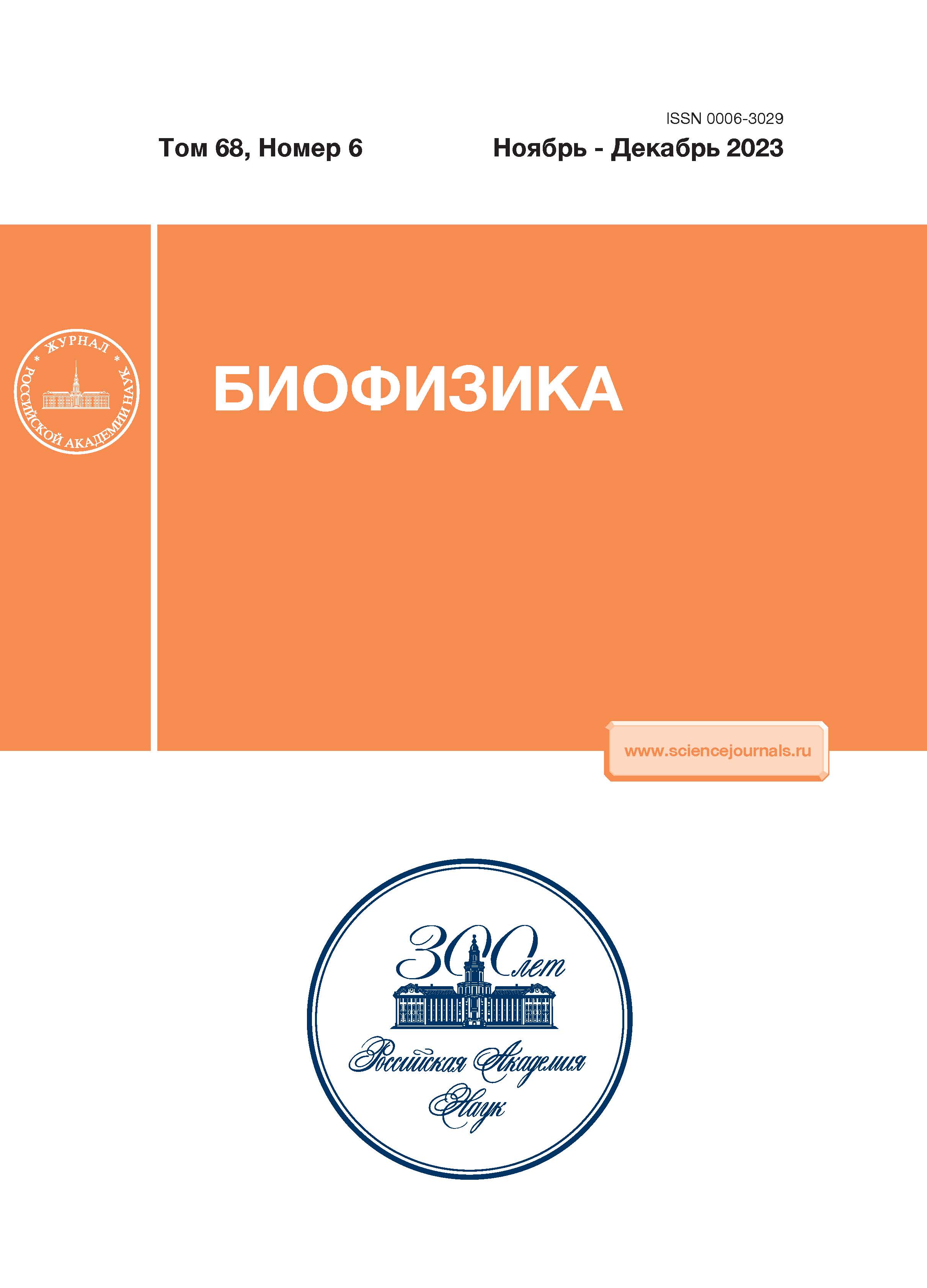A thermodynamic model for the formation of protein aggregates on a matrix
- 作者: Vasilenko E.O1,2, Kozin S.A1, Mitkevich V.A1, Buchelnikov A.S3, Nechipurenko Y.D1,3
-
隶属关系:
- Engelhardt Institute of Molecular Biology, Russian Academy of Sciences
- Moscow Institute of Physics and Technology
- Sevastopol State University
- 期: 卷 68, 编号 6 (2023)
- 页面: 1128-1140
- 栏目: Articles
- URL: https://kld-journal.fedlab.ru/0006-3029/article/view/673231
- DOI: https://doi.org/10.31857/S0006302923060042
- EDN: https://elibrary.ru/RVOCJF
- ID: 673231
如何引用文章
详细
作者简介
E. Vasilenko
Engelhardt Institute of Molecular Biology, Russian Academy of Sciences;Moscow Institute of Physics and Technology
Email: vasilenko.eo@phystech.edu
Moscow, Russia
S. Kozin
Engelhardt Institute of Molecular Biology, Russian Academy of SciencesMoscow, Russia
V. Mitkevich
Engelhardt Institute of Molecular Biology, Russian Academy of SciencesMoscow, Russia
A. Buchelnikov
Sevastopol State University
Email: tolybas@rambler.ru
Sevastopol, Russia
Yu. Nechipurenko
Engelhardt Institute of Molecular Biology, Russian Academy of Sciences;Sevastopol State University
Email: nech99@mail.ru
Moscow, Russia;Sevastopol, Russia
参考
- A. M. Morris, M. A. Watzky, and R. G. Finke, Biochimica et Biophysica Acta - Proteins and Proteomics, 1794 (3), 375 (2009).
- R. J. Loureiro, et al., In Proc. of Int. Conf. on Multidisciplinary Sciences MOL2NET 2018, 4th edition (MD-PI, 2018), p. 1.
- R. B. Martin, Chem. Rev., 96 (8), 3043 (1996).
- V. P. Evstigneev, et al., J. Chem. Phys., 134 (19) (2011).
- A. S. Buchelnikov, V. P. Evstigneev, and M. P. Evstigneev, Chem. Phys., 421, 77 (2013).
- T. L. Hill, Thermodynamics of Small Systems (Courier Corp., 1994).
- S. Lifson, J. Chem. Phys., 40 (12), 3705 (1964).
- M. P. Heyn and R. Bretz, Biophys. Chem., 3 (1), 35 (1975).
- J. Spouge, Macromolecules, 16 (1), 121 (1983). doi: 10.1021/ma00235a024
- S. Brunauer, P. H. Emmett, and E. Teller, J. Am. Chem. Soc., 60 (2), 309 (1938).
- Z. L. Almeida, R. M. M. Brito, Molecules, 25 (5), 1195 (2020).
- W. F. Xue, S. W. Homans, and S. E. Radford, Prot. Engineering, Design & Selection, 22 (8), 489 (2009). doi: 10.1093/protein/gzp026
- J. Hinz, L. M. Gierasch, and Z. Ignatova, Biochemistry, 47 (14), 4196 (2008).
- W. F. Xue, S. W. Homans, and S. E. Radford, Proc. Natl. Acad. Sci. USA, 105 (26), 8926 (2008).
- W. F. Xue and S. E. Radford, Biophys J., 105 (12), 2811 (2013).
- P. J. Flory, J. Am. Chem. Soc., 58 (10), 1877 (1936).
- G. W. Platt, et al., J. Mol. Biol., 378 (1), 251 (2008).
- M. I. Ivanova, et al., Biophys. Chem., 269, 106507 (2021).
- W. Zheng, M. Y. Tsai, and P. G. Wolynes, J. Am. Chem. Soc., 139 (46), 16666 (2017).
- S. A. Kozin, et al., Biochemistry (Moscow), 83, 1057 (2018).
- В. В. Аристов и др., Применение понятий энтропии и информации для исследования биосистем: от молекул до организмов (2023).
- L. M. Smith and S. M. Strittmatter, Cold Spring Harbor Perspectives in Medicine, 7 (5), a024075 (2017).
- V. A. Mitkevich, et al., Aging and Disease, 14 (2), 309 (2023).
- V. V. Aristov, A. S. Buchelnikov, and Y. D. Nechipurenko, Entropy, 24 (2), 172 (2022).
- S. A. Kozin, Biochemistry (Moscow), 88 (Suppl. 1), S75 (2023). doi: 10.1134/S0006297923140055
- Y. Kong, J. Chem. Phys., 135 (15) (2011).
- Ю. Д. Нечипуренко, Анализ связывания биологически активных соединений с нуклеиновыми кислотами (Ин-т компл. исслед., Москва - Ижевск, 2015).
补充文件









